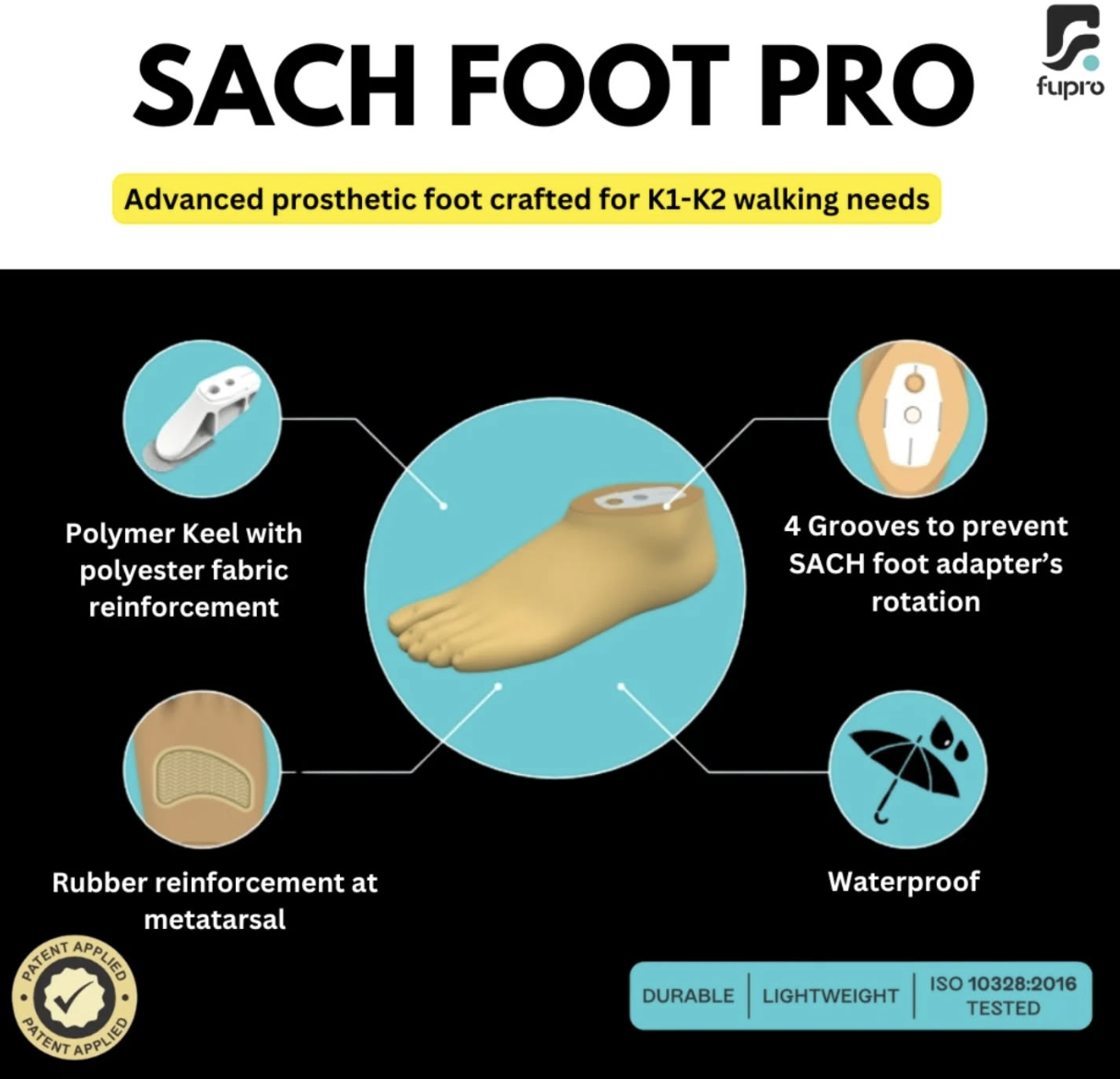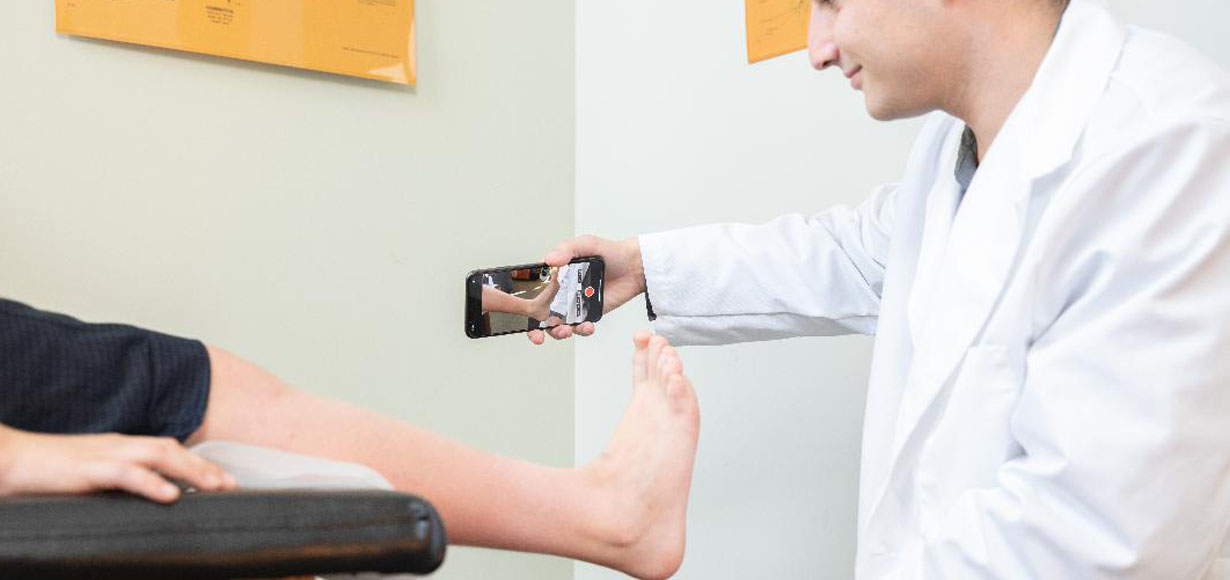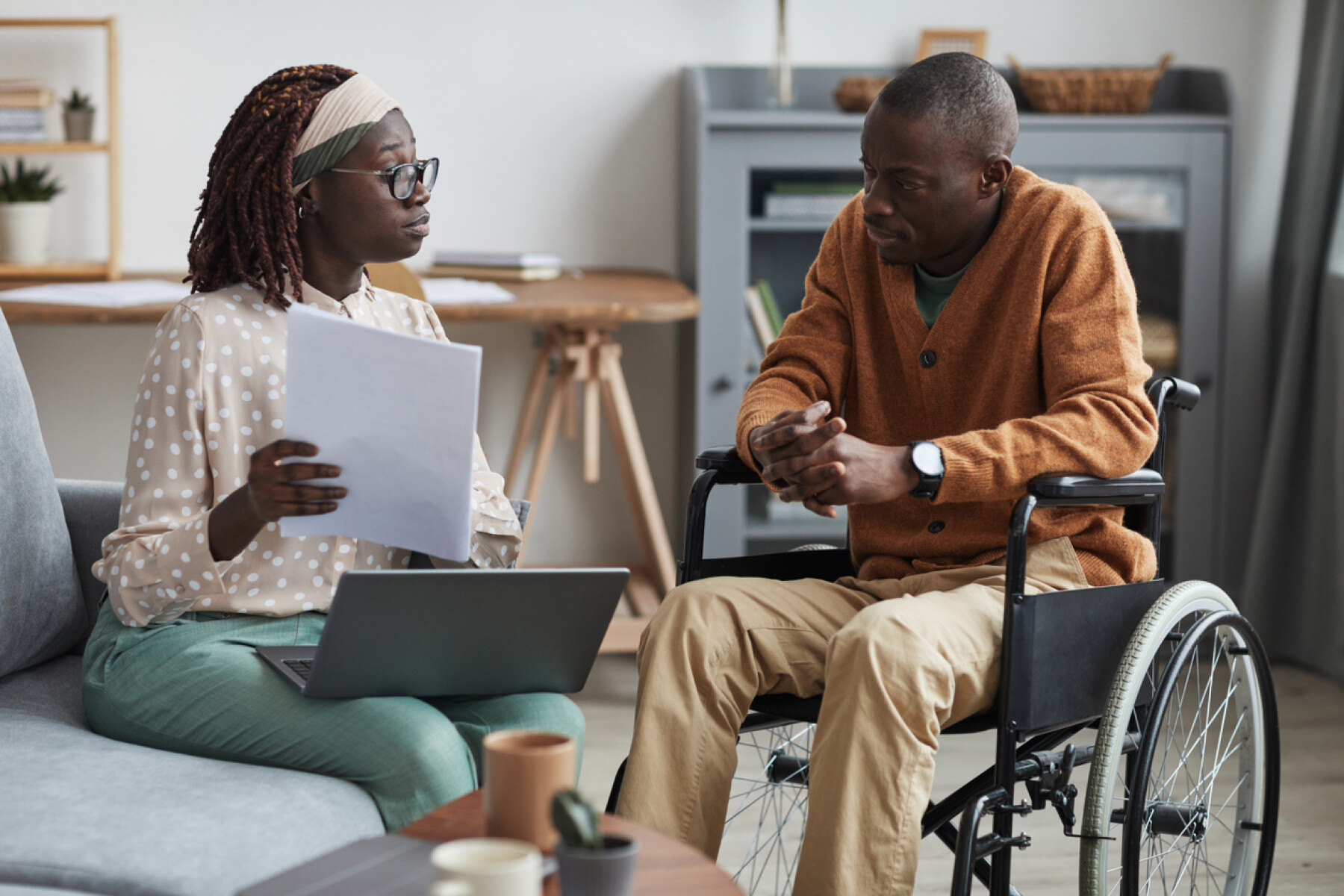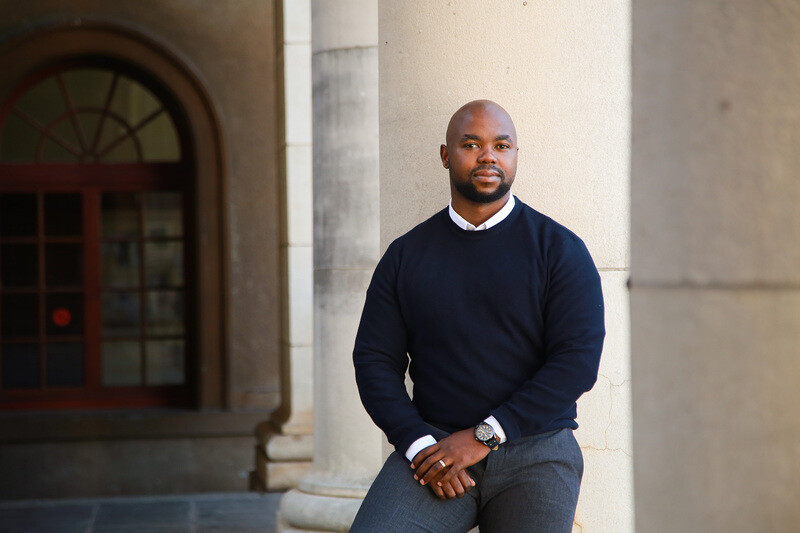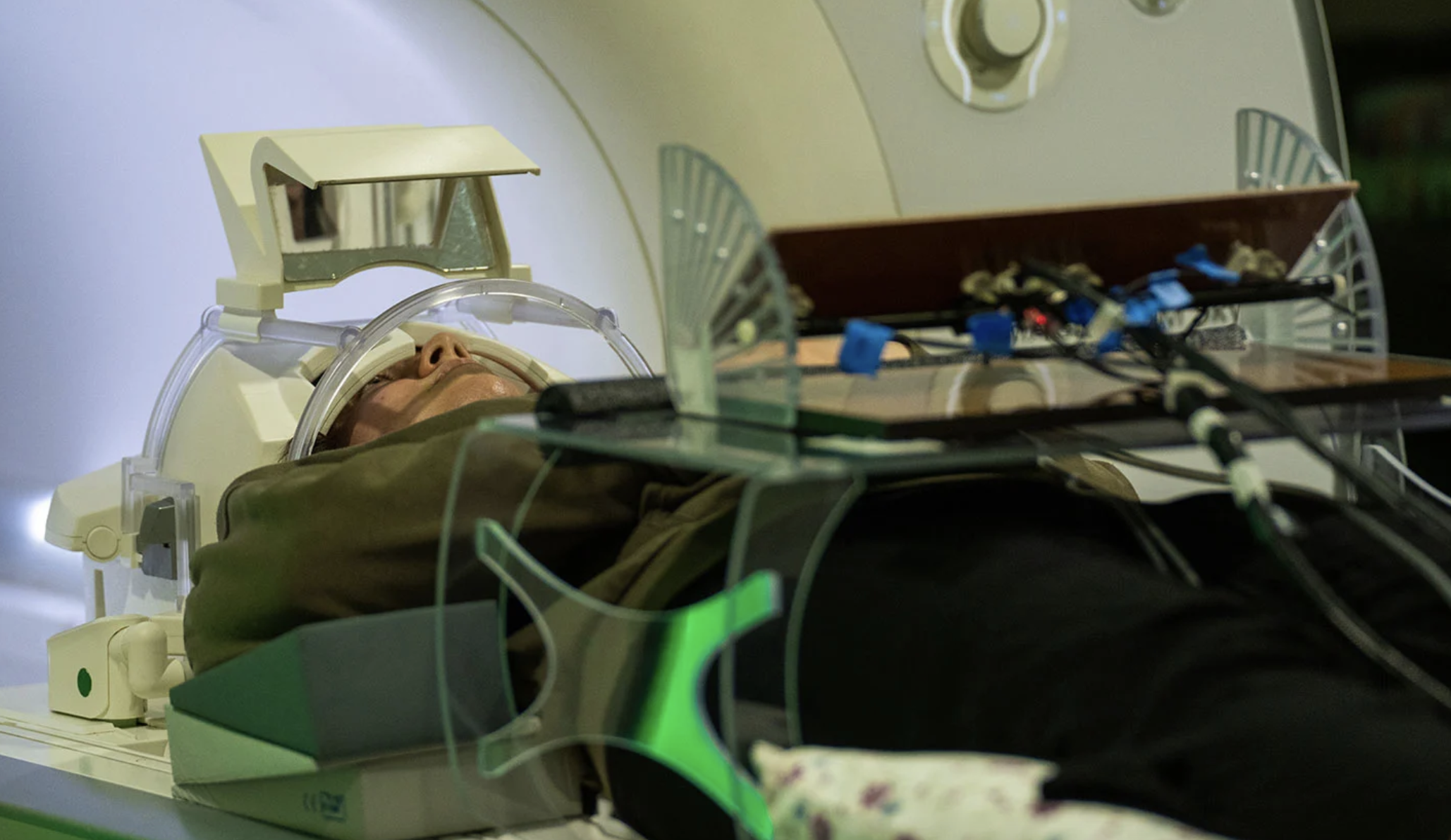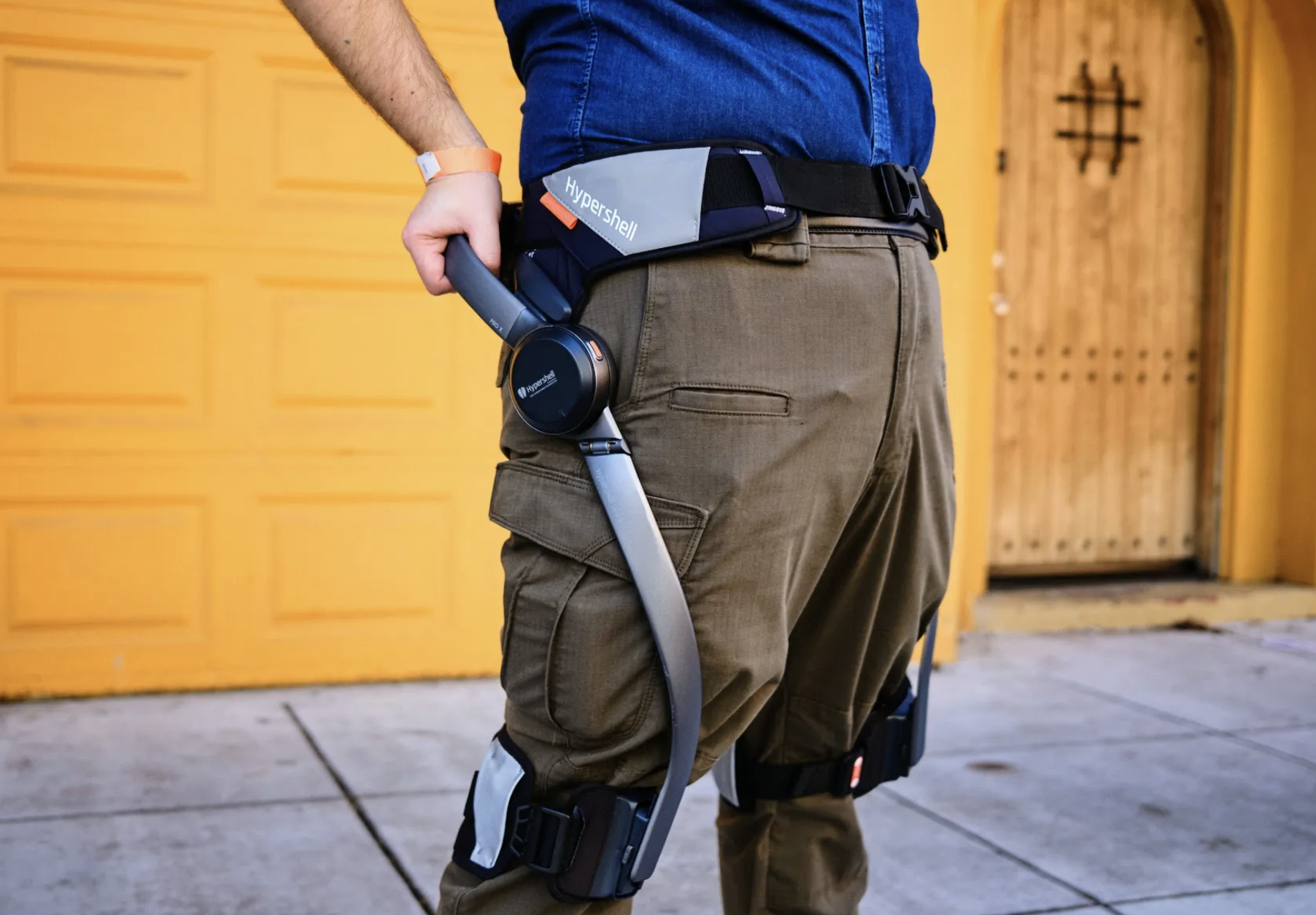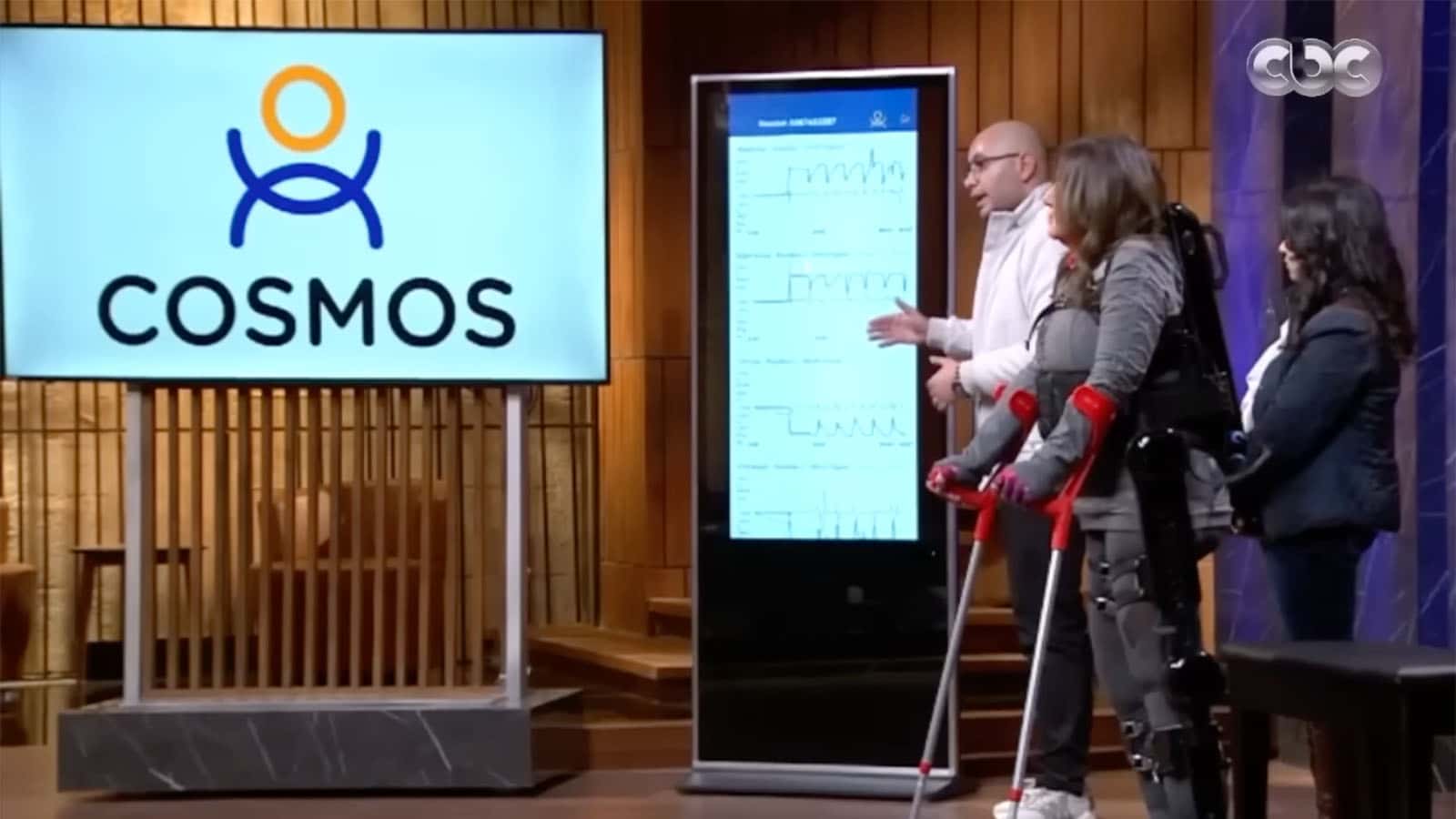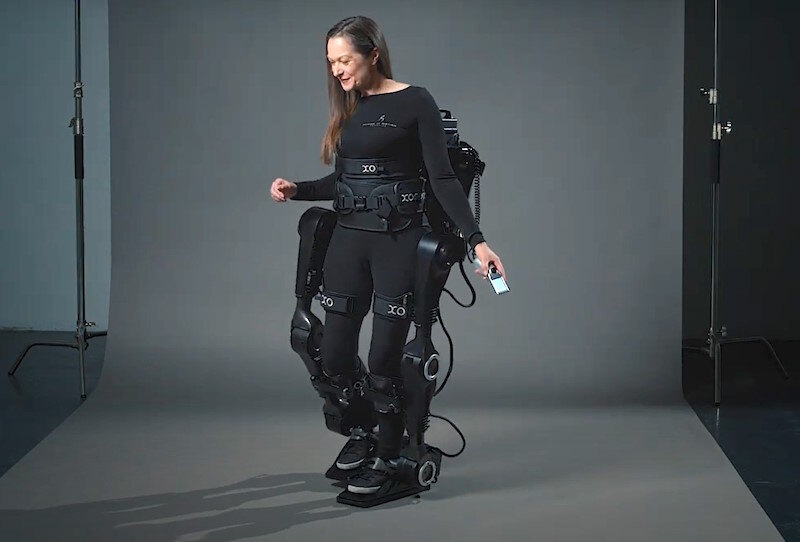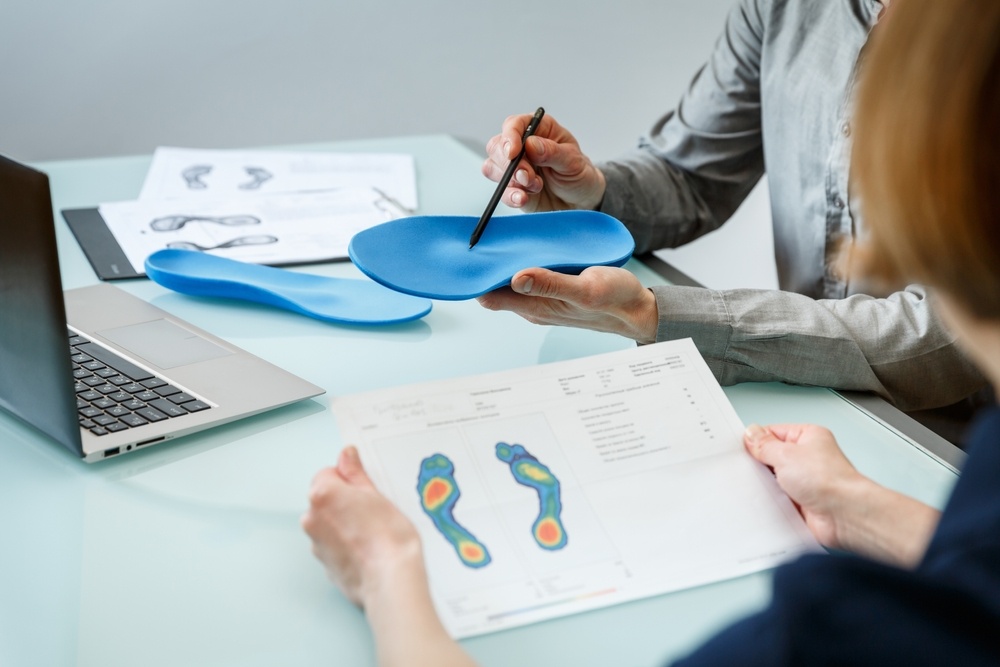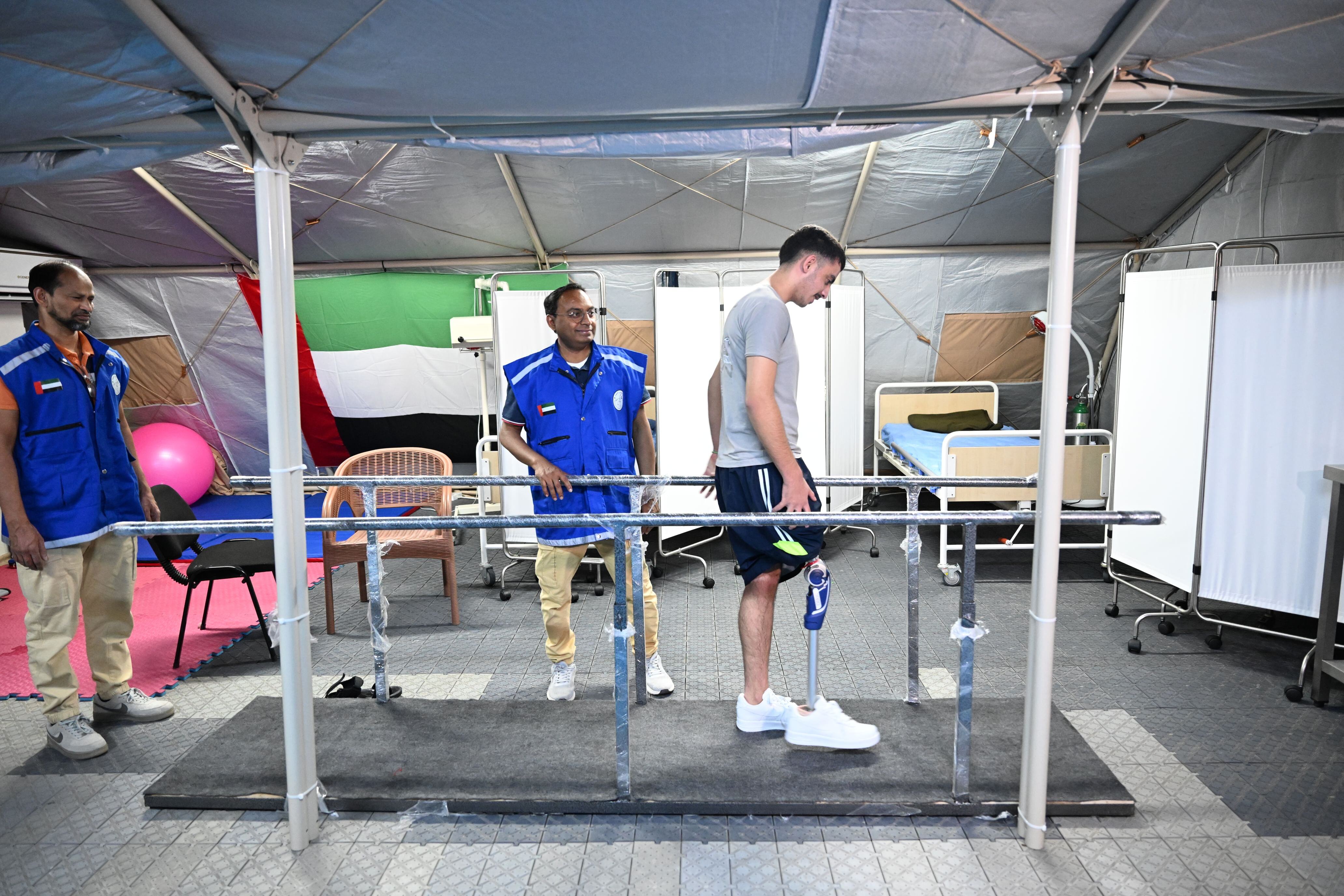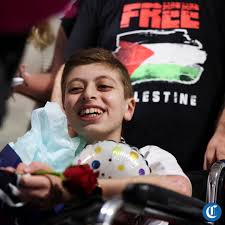Mehedi Alam worked at a flower shop in Gulshan, Dhaka. On July 18, during the anti-discrimination movement, this young man was shot in the Badda area. The bullet hit the upper part of his left ankle, causing a four-inch area of flesh and bone to be torn away. Mehedi is still receiving treatment at the National Institute of Traumatology and Orthopaedic Rehabilitation (NITOR) in Agargaon, Dhaka. Over the past month and a half, he has undergone surgery on his leg eight times. His family is now anxious and uncertain about whether Mehedi's leg will be saved or need to be amputated.
Mehedi is not alone; several of the more than a hundred patients currently being treated at this hospital are experiencing similar anxiety. Some are dealing with severe injuries to their legs or arms. Almost all the patients who have been treated or are still receiving care at the hospital have been shot. The hospital authorities have reported that, so far, 21 patients have had to undergo amputations of their hands or legs to save their lives.
Mehedi Alam is receiving treatment at the hospital in Bed 18 of Ward B. On Thursday afternoon, when we visited, he was sleeping. His sister, Dalia, spoke with the reporter. She mentioned that Mehedi will need a six-inch bone for his leg, which the doctors have said will need to be taken from near the ankle. However, this is not yet confirmed. They are anxious and unsure whether his leg will be saved or if an amputation will be necessary.
According to sources from the hospital director's office, from July 17 to the period following the government's fall, a total of 769 people received emergency treatment due to violence surrounding the anti-discrimination movement. Among them, 409 were shot. A total of 425 were admitted to the hospital, and currently, 103 remain admitted. However, many patients discharged from the hospital will need extended treatment.
Out of the 21 patients who underwent amputations, 17 had their legs amputated, and 4 had their arms amputated. Seven of those who had limbs amputated are still admitted to the hospital. Depending on the patient's condition, it will take several months to complete their treatment.
Salman Hossain, a first-year student of Government Titumir College, is receiving treatment in Bed 21 of Ward B at the hospital. He was shot in his left leg on July 19. The bullet exited through his thigh, causing the muscles in that area to fracture into eight pieces of bone. An orthopedic implant (artificial metal plate for bone repair) has been placed in his leg. As a result, his left leg is now over an inch shorter than his right leg.
Md. Tamim, an eighth-grade student from Durgapur High School in Barisal, was shot on August 5 in Mirpur, Dhaka. He was visiting the city as his professional mother lives there. The bullet severed the artery and vein in his right leg and also caused a bone fracture. Although surgery was performed at the National Institute of Cardiovascular Diseases (NICVD), the artery and vein could not be repaired. Consequently, blood flow to the damaged muscles stopped, increasing infection. To save his life, his right leg had to be amputated above the knee on August 13.
Multiple orthopedic surgeons state that when limbs are shot, blood vessels (arteries and veins) are often severed, and in many cases, they cannot be reconnected later. If the vessels cannot be repaired, the tissue begins to decay, leading to a risk of damage to vital organs, including the kidneys.
Doctors explain that even after an amputation, the patient is not out of danger. The wound is typically stitched several weeks later, and many patients must stay in the hospital for extended periods. If their condition improves, they are sent home with instructions to return in two to three weeks. If bone and muscle infection persists, additional surgery may be required. If everything is in order after the amputation, a prosthetic limb can be fitted approximately three months later.
Several private and charitable organizations, including BRAC, have contacted the hospital administration regarding prosthetic limbs. The cost of fitting a prosthetic arm or leg ranges from BDT 3 lakh to 6 lakh. The government or private development organizations provide the necessary funds for these prosthetics.
Dr. Badiuzzaman, Deputy Director of NITOR, told Bonik Barta, "Patients admitted to our hospital due to injuries from the anti-discrimination movement, and those still here, are receiving treatment free of charge from the government. So far, 21 patients have had to undergo amputations of their hands or legs. Some of their conditions are critical. The doctors are making every effort to save these patients' limbs, but for several cases, we still cannot provide a definite prognosis."
Five patients have died while being treated at the hospital. Doctors say that those who were shot or sustained injuries to their limbs faced additional complications. Some experienced severe bleeding due to severed or torn arteries and veins. Others developed cardiac issues or other serious problems. Orthopaedic patients with such injuries do not face just one type of problem; they go through various complications, and in some cases, these complications can lead to death.
In August, the hospital's social service office at NITOR reported that nearly BDT 5 million was spent on treating the injured from the movement. Ms. Roushanara Khatun, a social service officer at NITOR, told Bonik Barta, "Typically, financial assistance is provided to needy patients. This involves withdrawing BDT 2.5 lakh monthly from the government fund through the bank. Additional support is provided through various charitable organizations as needed. The government and various donor organizations cover the expenses for treating those injured in the anti-discrimination movement. This funding is managed through the hospital's social service office. In August, we spent BDT 4.1 million on their treatment."


